Accessories for paragliding harnesses: which modules should you add to your flying equipment ?

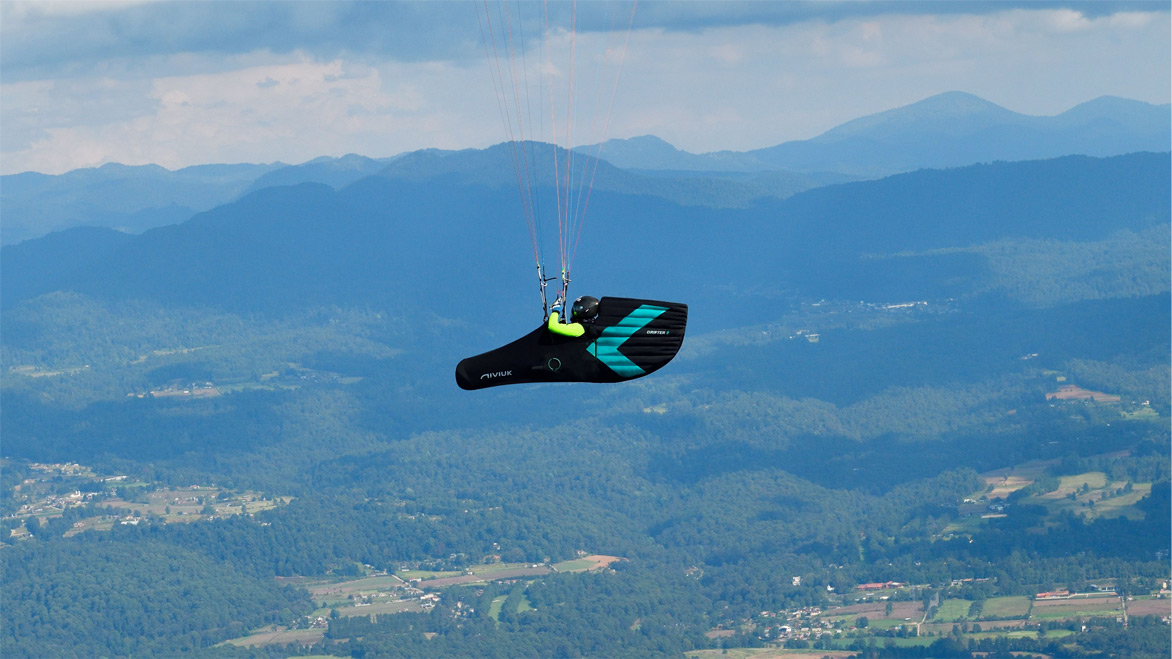
As every paraglider pilot knows, you need a harness to fly a paraglider. However, there are many different types of harness to choose from. String, reversible, cocoon etc... And with each harness, there are accessories. These can be of several types. There are two main categories: comfort accessories and safety accessories. In this article, we'll take a look at the main accessories you'll need to equip your harness for paragliding, so you can enjoy your flight.
PARAGLIDING HARNESS ACCESSORIES FOR COMFORTABLE FLYING
Foot Stirrup
The Foot Stirrupt on a paragliding harness has two main uses :
- The first is to help you settle in. After take-off, the paraglider pilot may find it a little difficult to sit in the harness. With a well-adjusted footrest, you can easily use it to settle into your harness quickly and efficiently.
- The second use is in flight. You can rest your feet on the Foot Stirrup. This helps to keep your body together during flight, and rests your legs.
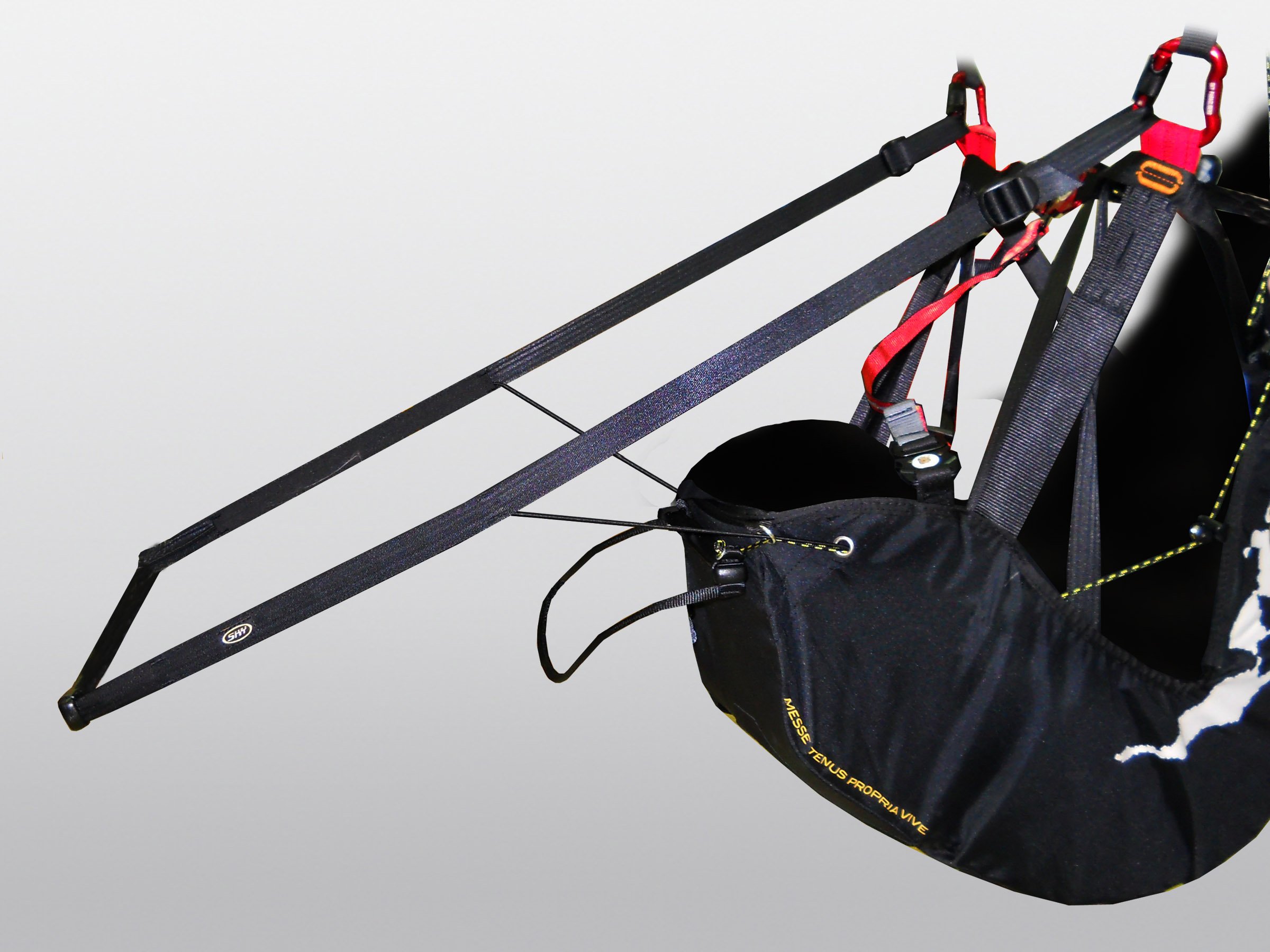
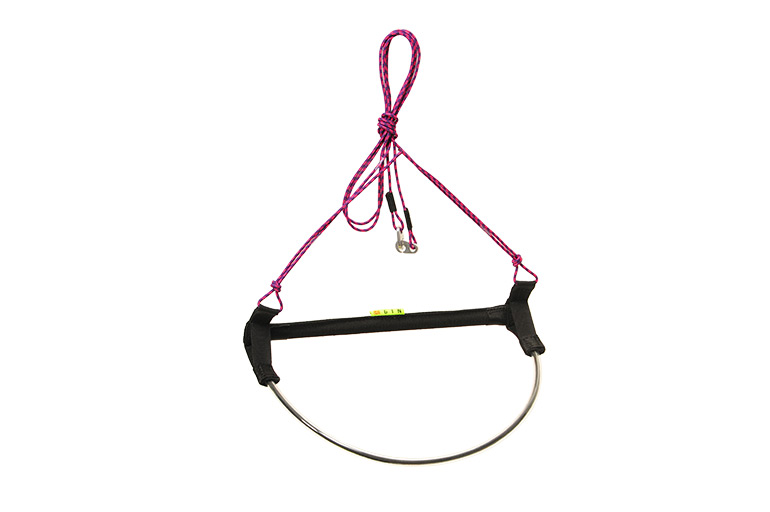
Speed-Bar
A well-known accessory among paragliders, the Speed-Bar is one of the most useful harness accessories ! By adjusting the trim of your wing, you can vary the angle of incidence, enabling you to fly faster or slower. There are two main reasons for this :
- Facing into the wind, it allows you to maintain a good ground speed. It can even help you reach the landing zone more quickly in bad weather conditions (wind too strong at unaccelerated speed), or if you need to head into the wind if you're caught up in soaring compression. The paraglider Speed-Bar has a safe role to play in such cases.
- Another purpose for using the speed system is performance. If you need to fly fast to eat up kilometers on a cross-country flight, or to position yourself before a face moves into the shade, for aerobatics or simply to complete a course as quickly as possible in a competition, the Speed-Bar will be indispensable !
Now that you've understood its purpose, you need to choose the right model. There are 2 main types of gas pedal:
- The soft speed-bar, mainly used in cocoons or on light harnesses. Its advantage is its weight, and the near-certainty of symmetrical acceleration, since when the gas pedal is tightened, the foot generally comes to rest naturally in the middle.
- The rigid speed-bar, generally used with conventional harnesses, is easier to find and more comfortable to use.
Finally, all that remains is to choose the number of step.
- 1 step, often on ultra-light speed-bar, when the pilot has no need to optimize his acceleration level. Generally, either 100% acceleration or none at all. Generally used for mountain flights or flights where performance is not the primary criterion. Acceleration is applied with the leg bent, which can cause discomfort.
- 2 steps (the most common) and 3 steps are used to control acceleration without compromising comfort by keeping the leg straight. A must-have accessory for long flights, acceleration management allows you to gain speed without overly degrading the paraglider flight performance, but also to maintain suitable angles of incidence to avoid the risk of collapses at high speeds. Accelerated flight, generally combined with back steering, allows you to really optimize your flights.
Camel bags and other water pouches
Again, not essential, but so important, in-flight hydration management requires the ability to drink easily. For this, classic Camels bags do the trick just fine, as harness manufacturers have also thought of in-flight devices. So, in most paragliding harnesses, you'll find a second pocket in the back pocket, designed to hold the Camel bag in an upright position, as well as a passage for the hose. Finally, on the shoulder strap, you'll often find an elastic band to hold the hose close to your face, so you can drink and fly at the same time.
Water pouch, also known as ballast, are generally used to carry ballast. A very simple device, they consist of a simple plastic bag filled with water. The more weight you need, the larger the bag you'll need. This is generally used by pilots of small stature to be able to use a paraglider that is too big for them, or by competitors wishing to fly large paragliders, as these are more efficient than small ones.
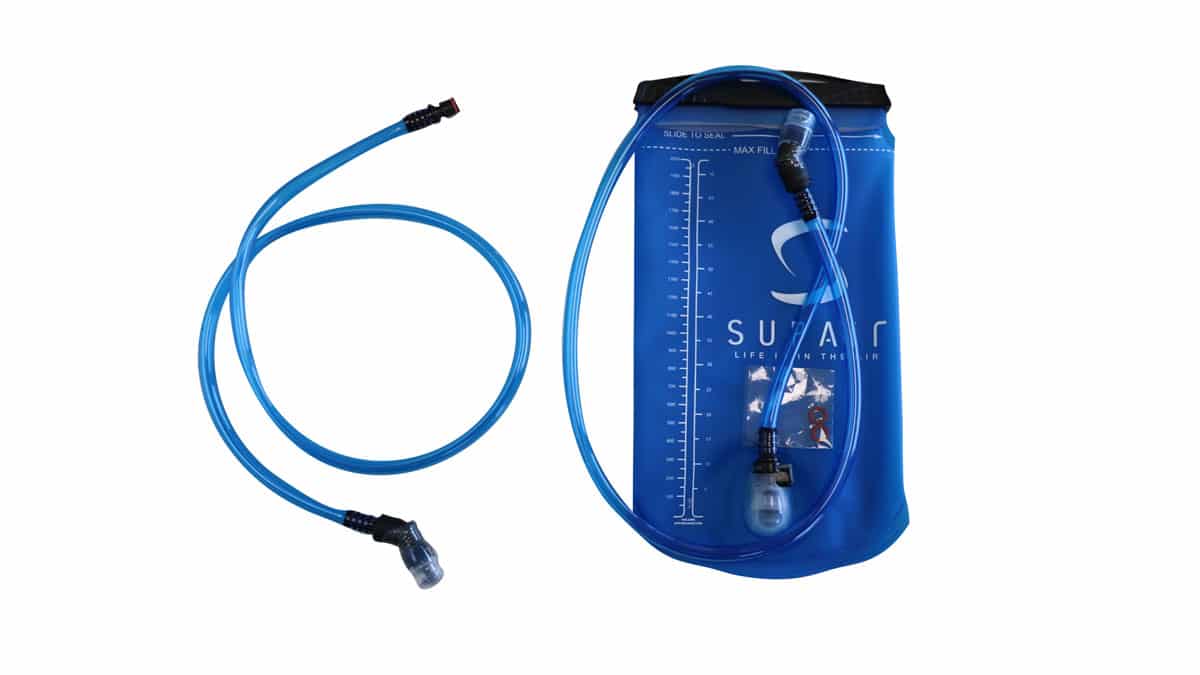
PARAGLIDER HARNESS MODULE
Paragliding Harness Modules come in a variety of forms, but generally involve modifying the basic configuration of the paragliding harness by attaching a new functional element to the chassis.
Among the most common harness modules are reversible airbags (a bag with an integrated parachute pocket under the seat), spare cocoon modules or a module that transforms a conventional harness into a cocoon harness. All these options provide pilots with comfort during their paragliding flight.
SAFETY ACCESSORIES FOR PARAGLIDING HARNESSES
As their name suggests, safety accessories are there to protect the pilot in a variety of situations. Whether integrated into the harness, or as an accessory in the cockpit, you'll find a multitude of practical tools to help you avoid over-accidents and fly safely through thermals in free flight, while keeping the thrill alive.
Protection for paragliding harnesses
Among the best-known, the airbag and mousse bag are the most widespread. The Koroyd, used extensively in Neo and Gin harnesses, completes the range of integrated harness protections.
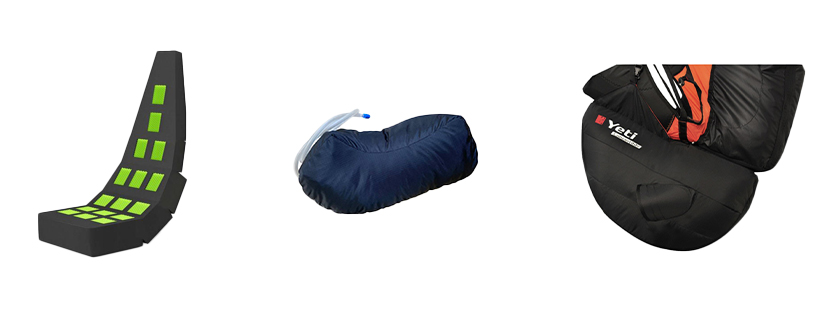
Anti-G
A well-known accessory for paragliders, the anti-G parachute limits the effects of centrifugal force during a 360 turn, while maintaining an efficient sink rate. This is particularly useful for getting out of a complicated situation on the edge of a cloud.
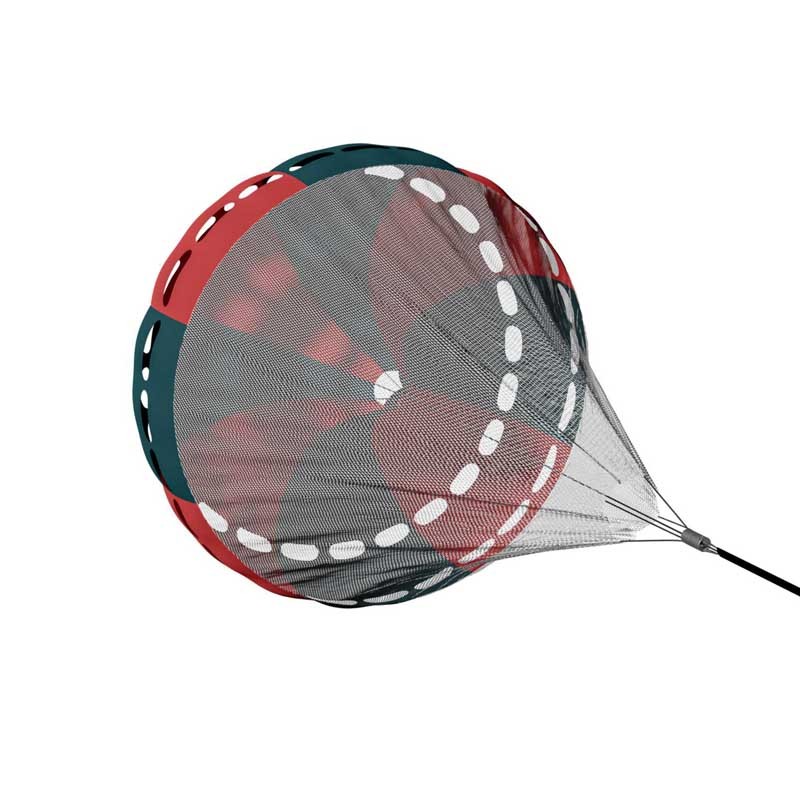
ACCESSORIES FOR PARAGLIDING HARNESS EQUIPMENT
Last but not least, among the most widespread accessories, we're going to find a multitude of practical accessories for your free-flight outings.
Removable cockpits for paragliding harnesses
If you need to attach your flight instruments, take something to eat or keep your emergency equipment close at hand, cockpits or Frontcontainer emergency containers are very practical and easy-to-use accessories. All you have to do when you take off is attach your cockpit to the main carabiners. (It's important to choose the right carabiner for your outing).
Tow release for lowland paragliding flights
Once again, this accessory attaches to the main carabiners. Made up of two Y-shaped branches, this tool enables you to attach yourself to the two release cable. Once the two release has lifted you off the ground and taken you to the desired altitude, you can release the release by pulling on the release system.
Tandem spreader bars
The purpose of paraglider spreader bars is to separate the pilot from the passenger. There are two main types of separator: flexible and rigid.
Rescue risers
Accessories linking the harness to the reserve parachute, risers can be either separate or Y-shaped. Generally made of Dyneema, they can vary in length from 40 cm to 2.10 m, depending on whether you're using a frontcontainer or tandem rescue parachute, for example.







